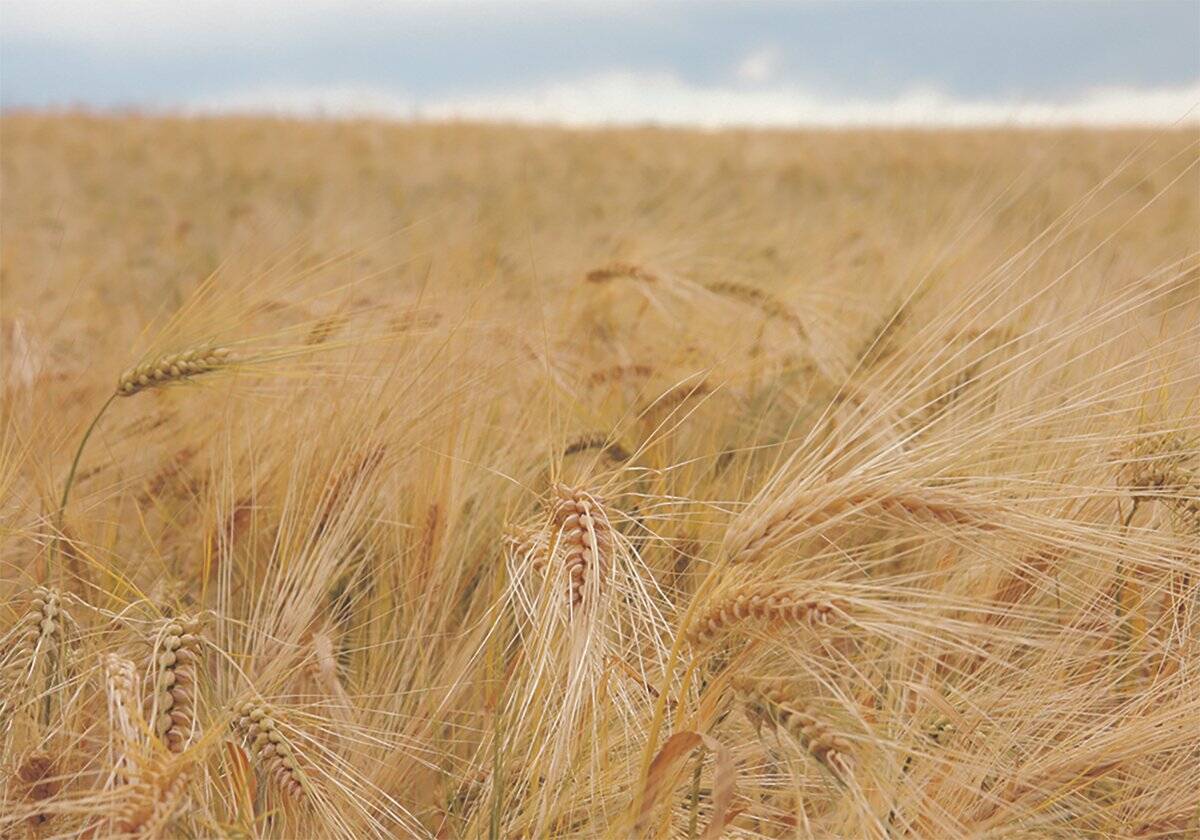Manitoba’s crop insurance program will expand provincewide on a test basis this year in its coverage of soybeans, corn, open-pollinated corn, edible beans, sunflowers and lentils.
Until now, those crops were only insurable in areas deemed to be warm enough, and with enough frost-free days. However, farmers from outside those areas have been asking for coverage, especially those producers growing new, earlier-maturing varieties of soybeans and corn.
The test program is being introduced because many farmers have been successfully growing those crops in non-insurable areas, said Craig Thomson, vice-president of insurance operations for the Manitoba Agricultural Services Corp. (MASC), which administers the federal-provincial AgriInsurance program.
Read Also

Feed Grain Weekly: Quiet trade to close the year
Feed grain prices are not expected to change drastically in the coming months, said a Saskatchewan-based trader.
"If there’s a widespread abuse of good agronomics that costs the program a lot of money, then it’s going to have to be reined back in," Thomson said in the Feb. 21 issue of the Manitoba Co-operator. "But we don’t think that will happen."
Coverage in the new test areas will be 80 per cent of the lowest probable yield in any of the currently insured areas. Farmers can select coverage of 50, 70 or 80 per cent of that level.
"The premium will be the same despite the fact there’s lower coverage," Thomson said. "Farmers will have to do some thinking here before they jump in with a whole bunch of new crops."
Theresa Bergsma, secretary-manager of the Manitoba Corn Growers Association, said she wants to see more details before commenting, but added at first blush it appears to be an improvement. Corn is one of the few crops where crop insurance coverage is based on each individual farmer’s yield as opposed to using an area average. That will benefit good corn growers who have not been eligible for insurance before, she said.
Keystone Agricultural Producers vice-president Dan Mazier expects to benefit; his farm north of Brandon has until now been just outside the insured area. "There hasn’t been a system to introduce new crops to crop insurance, so it has been a disincentive."
Although some farmers might feel the coverage is too low, the test program is better than nothing, he added.
"We don’t want to be an impediment for new crops being expanded and producers having the ability to grow what they want with some coverage of the risk," Thomson said.
Both soybeans and corn are gaining popularity among Manitoba farmers. A record 836,000 acres of soybeans were grown in 2012, making it Manitoba’s third-largest acreage crop behind canola and wheat. There are forecasts acreage could pass the million-acre mark if conditions are favourable his spring. Grain corn also hit a record last year, at 258,053 acres, to place sixth (barley and oats are fourth and fifth, respectively).
MASC is also increasing the dollar values on crops used to determine claim payouts in 2013 by an average of 13 per cent. Combined with an average increase in probable (10-year average) yields of 0.2 per cent, the insurance available to farmers in 2013 is increasing by an average of 13.2 per cent.
Dollar values are set by the federal government in December and represent its best guess at what crop prices will be, Thomson said.
The province announced Monday it has increased insurance coverage for 2013 by 13 per cent, to an "all-time high" of $2.6 billion, as a result of higher insured crop values compared to 2012.
Among other changes planned for MASC’s 2013 crop insurance program:
- hail insurance will be available for all insurable crops regardless of whether the crop is selected for AgriInsurance — though farmers still must have an AgriInsurance contract to qualify for MASC hail insurance;
- aerial-seeded crops will no longer eligible for insurance, although broadcast seeding by ground will remain eligible, provided crop establishment is equal to or greater than the insured farmer’s coverage;
- the Pasture Days insurance pilot program will expand to the Dauphin and Neepawa insurance agencies, a move meant to determine how much demand there is for the product; and
- an over-seeding option will be added to the Forage Restoration Benefit, providing another option for restoring damaged forage crops.
The deadline to apply for or make changes to an AgriInsurance contract will be April 2.
— Allan Dawson is a reporter with the Manitoba Co-operator at Miami, Man. A longer version of this article appeared in the Feb. 21 issue.
Related story:
Other Manitoba crop insurance changes for 2013 and 2014, Feb. 21, 2013














